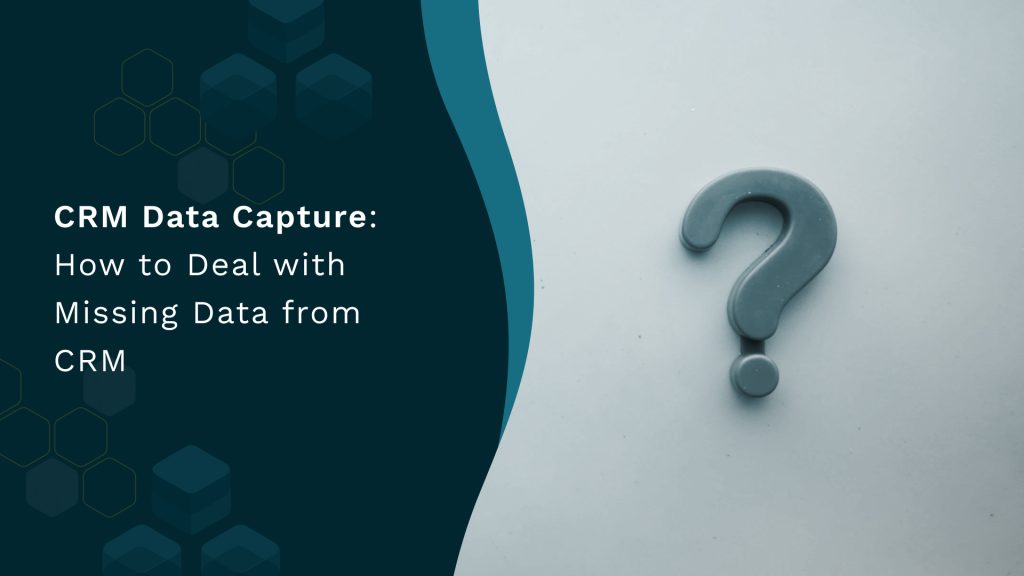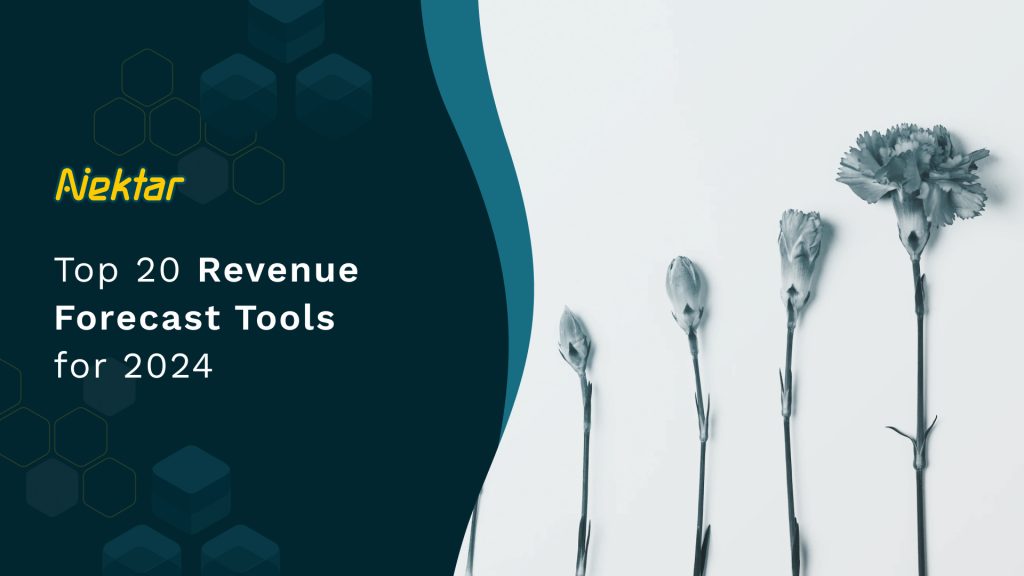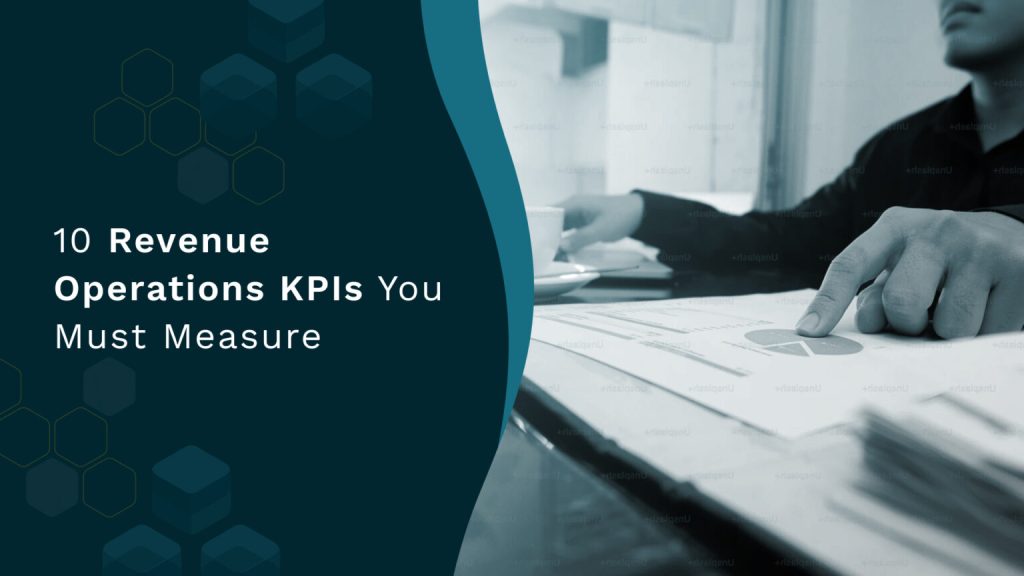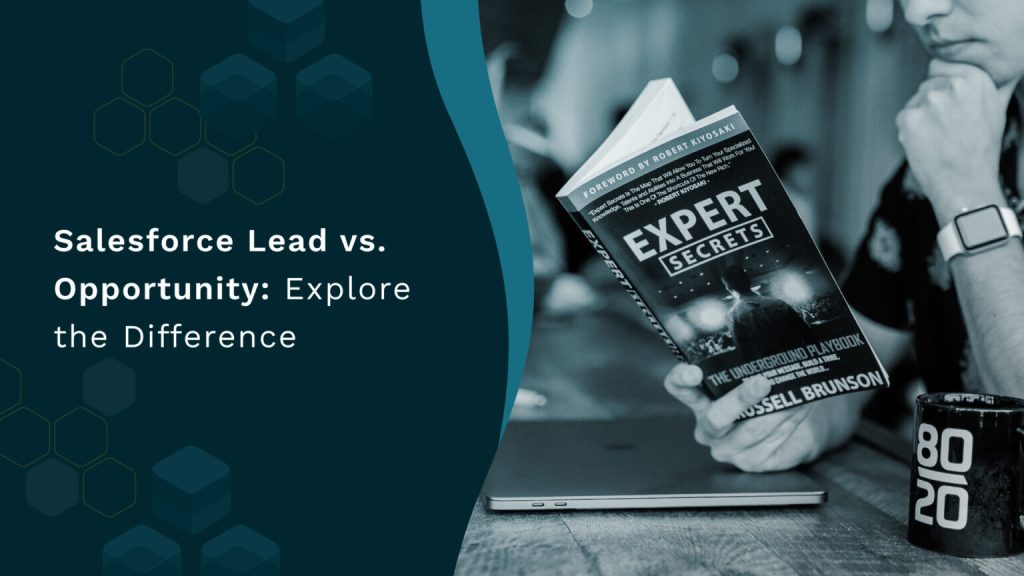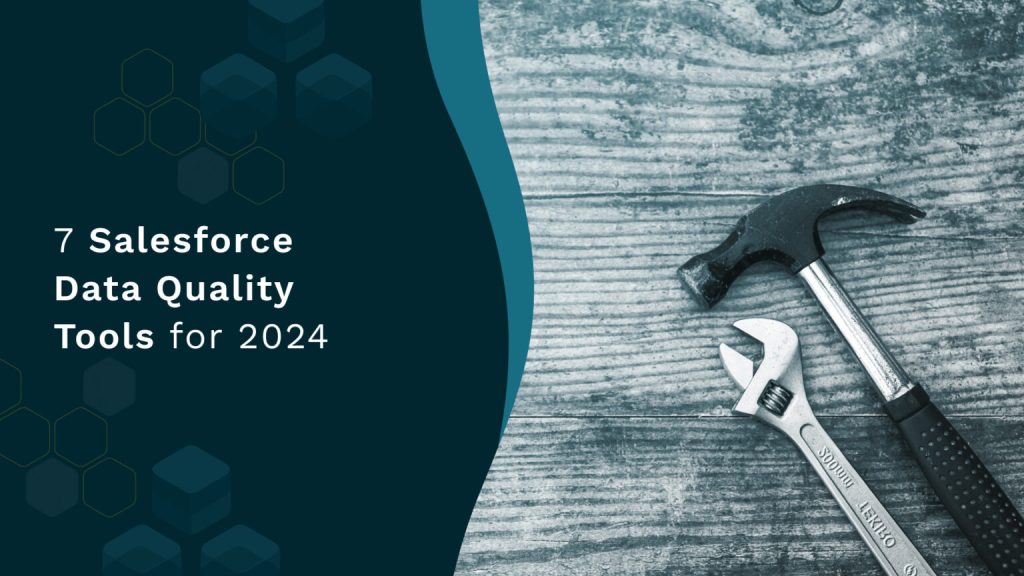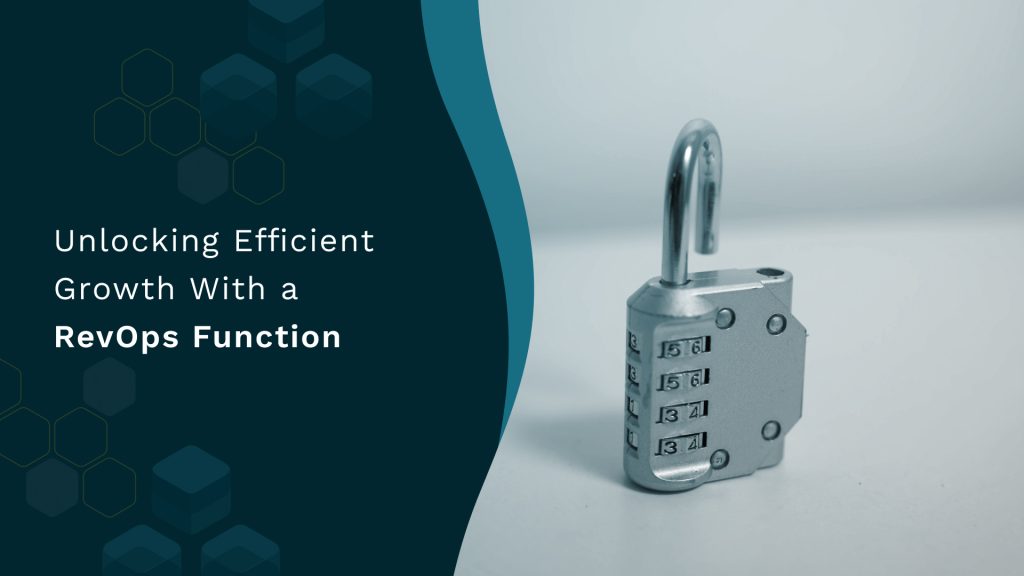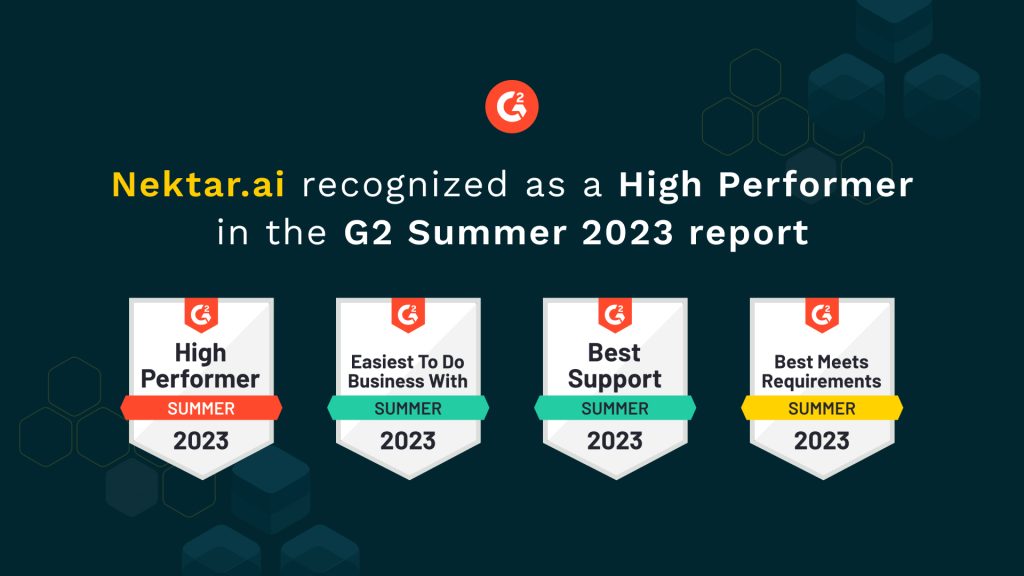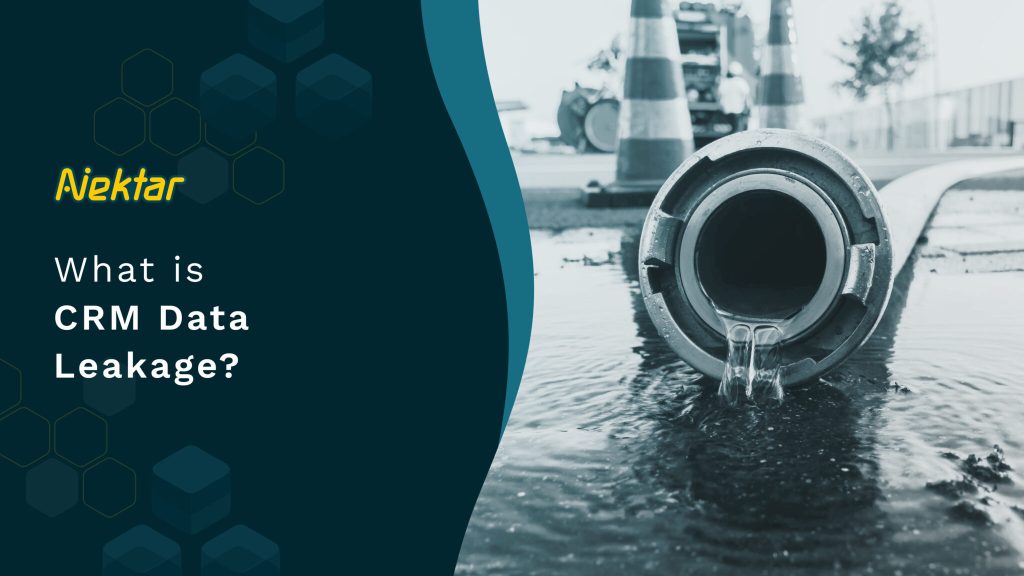Top Revenue Optimization Software for 2025
Top Revenue Optimization Software for 2025 RevOps 10 min Is your sales team striving for sustainable growth and profitability? Achieving these objectives requires a keen focus on optimizing revenue streams. Revenue optimization software is a critical element in achieving these goals. Comprehensive research and informed decision-making in software selection become crucial to maximize your revenue potential. This article looks at the top revenue optimization software for 2025. We will conduct an in-depth analysis to provide you with a valuable resource. It will simplify your decision and help you implement the most effective tool for revenue enhancement. Top Revenue Optimization Software for 2024 1. Nektar 2. Clari 3. Gainsight 4. Planhat 5. Accord 6. Churnzero 7. Totango 8. Aviso 9. Vitally What is a Revenue Optimization Software? Revenue optimization software is a strategic solution that assists organizations in maximizing their revenue potential. The software leverages advanced data analytics, and artificial intelligence to provide actionable insights. You can understand finer details about pricing, demand forecasting, inventory management, sales strategies, and more. Integrating and analyzing large datasets helps businesses make data-driven decisions that enhance revenue performance. Revenue optimization software thus serves as a critical tool for enterprises seeking to optimize their pricing strategies and boost sales. There is an added advantage of streamlined operations while maintaining a competitive edge. Overview of Top Revenue Optimization Software for 2025 Here are the ten best revenue optimization software solutions for your business in 2025. 1. Nektar Nektar is the world’s first AI for revenue operations. The platform takes an innovative approach to revenue management by harnessing the power of actionable relationship data to combat revenue churn effectively. Nektar excels in addressing CRM data gaps, both historical and ongoing, through the application of AI time travel. It ensures organizations possess a comprehensive and up-to-date understanding of their customer relationships. The software can transform popular communication platforms like Slack or MS Teams into an early warning system. It can proactively mitigate revenue risk by identifying potential issues before they arise. Extracting valuable insights from seller conversations and tracking champion movement makes Nektar adept at surfacing new pipeline opportunities and hot leads. Your sales team can ultimately seize revenue-generating prospects. Nektar insists on the importance of CRM data accuracy as a prerequisite for unlocking its generative AI capabilities. This way, the platform ensures it is a reliable and indispensable asset for your go-to-market process. Top features and benefits: Zero rep adoption Day 1 ROI Zero change management Seamless deployment 2. Clari Clari offers a comprehensive revenue platform to enhance efficiency, predictability, and growth throughout the revenue process. With Clari, revenue teams gain unparalleled visibility into their business operations for improved buyer-seller alignment. There’s also proactive identification of risk and opportunity within the sales pipeline. The heightened visibility significantly improves forecast accuracy and drives operational efficiency. Revenue professionals can foster better connectivity, efficiency, and predictability in their revenue processes. It will ultimately empower them to achieve sustainable growth and success. Top features and benefits: Forecasting & RevOps Conversation intelligence Sales engagement Deal inspection & management Mutual action plans & deal rooms Data capture & ingestion 3. Gainsight Gainsight is a pioneering revenue optimization software that exemplifies the future of growth through its innovative, customer-centric technology. Gainsight empowers customer success, product, and community engagement teams to scale their operations efficiently. The platform fosters alignment and provides a comprehensive view of their customers. A holistic approach aids in boosting product adoption and proves instrumental in preventing churn and nurturing the growth of customer communities. Gainsight CS is thus a vital asset for businesses committed to delivering exceptional customer experiences while driving revenue growth and fostering lasting customer relationships. Top features and benefits: Identify and prevent revenue leakage Drive a high-performing renewals process Identify and execute expansion opportunities to drive growth 4. Planhat Gainsight is a pioneering revenue optimization software that exemplifies the future of growth through its innovative, customer-centric technology. Gainsight empowers customer success, product, and community engagement teams to scale their operations efficiently. The platform fosters alignment and provides a comprehensive view of their customers. A holistic approach aids in boosting product adoption and proves instrumental in preventing churn and nurturing the growth of customer communities. Gainsight CS is thus a vital asset for businesses committed to delivering exceptional customer experiences while driving revenue growth and fostering lasting customer relationships. Top features and benefits: Identify and prevent revenue leakage Drive a high-performing renewals process Identify and execute expansion opportunities to drive growth 5. Accord Accord is a revenue optimization software designed to fortify sales processes and methodologies. It helps in enhancing the predictability and efficiency of deal execution. The platform empowers organizations to directly integrate their successful sales strategies into their sales representatives’ workflows. Accord helps sales teams with the tools to execute winning sales processes consistently. It contributes to a more efficient approach to revenue generation. The emphasis on reinforcing established methodologies and delivering them directly to the front lines makes Accord invaluable for businesses aiming to optimize revenue. Top features and benefits: Standardized best practices across reps on every deal Up-level sales execution for enhanced deal velocity and win rates Increased team efficiency through decreased rep ramp times 6. Churnzero ChurnZero helps subscription-based businesses thrive at scale. It has a comprehensive suite of tools meticulously crafted to enhance efficiency, boost revenue, and deliver unparalleled customer experiences. Leveraging cutting-edge automation, personalization, in-app communications, and the innovation of Customer Success AI™ helps the platform facilitate seamless customer engagement. The platform guides them towards realizing the total value of their investments. ChurnZero offers varied resources, including journeys, health scoring, survey tools, segmentation, playbooks, robust reporting, real-time alerts, guided walkthroughs, collaboration centers, and more. Furthermore, ChurnZero seamlessly integrates with your CRM and technology stack. It ensures a cohesive and efficient approach to achieving sustainable revenue growth while focusing on customer satisfaction. Top features and benefits: Systematically track upcoming renewals Use health scores to gauge the likelihood of renewal Automate renewal activities Easily identify expansion opportunities Increase in-app upsell conversions 7. Totango Totango helps cross-functional enterprise teams enhance productivity and retention
